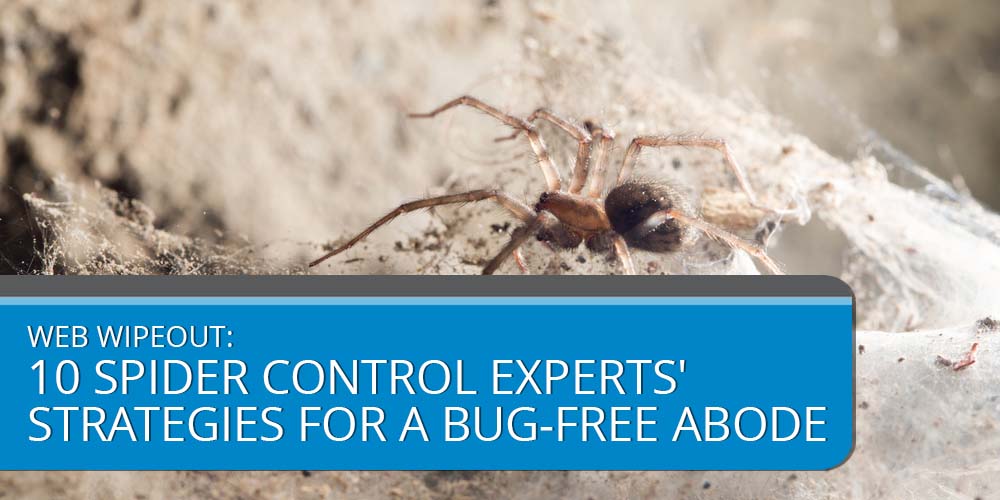Web Wipeout: 10 Spider Control Experts Strategies for a Bug-Free Abode
How often have you crossed paths with an eight-legged intruder in your home, only to wish you knew the best ways to keep these trespassers at bay? Are you familiar with the strategies to transform your home into an unwelcoming habitat for spiders?
In the meantime, in the pursuit of maintaining a spider-free domicile, knowledge is your most potent weapon. This blog post offers a rich collection of ten actionable strategies for managing spider control. Furthermore, this guide includes natural techniques, lighting adjustments, and preventive measures. Its goal is to help you rid your space of unwelcome guests. Read on to learn more!
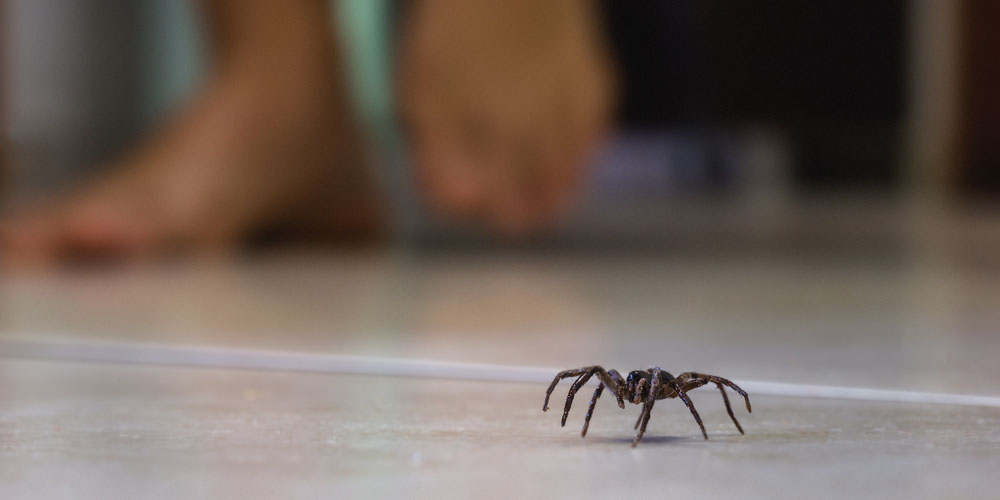
Understanding Spider Behavior
All spiders, from the innocuous house spider to the far-feared black widow, possess unique behaviors that categorize them beyond mere pests. Their entry into our homes marks the pursuit of shelter and a thriving hunting ground, not intending to disturb our peace.
Moreover, these eight-legged tenants prefer undisturbed, dark corners of our homes as ideal habitats. Thus, armed with this insightful understanding, Spider Control Experts have designed numerous effective spider control strategies. By grasping the preferences of the spiders, these experts can successfully ensure our living spaces remain comfortably spider-free.
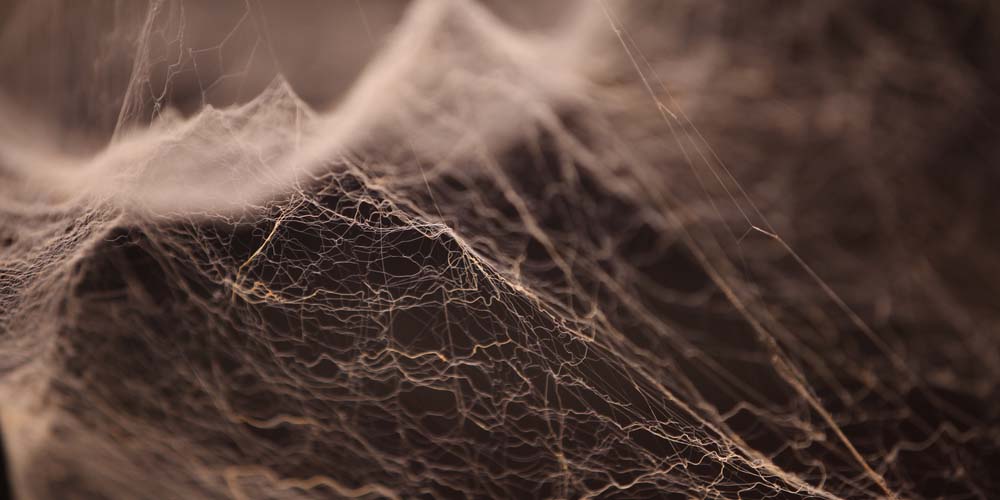
Ten Spider Control Experts’ Strategies
Tulsa’s Spider Control Experts are the go-to warriors in the fight against spider infestations. With their expertise and knowledge of spider behavior, they’ve developed the top ten strategies to create a bug-free home. Here are the ten proven strategies below:

Strategy 1: Thorough Inspection
Experts believe that effective spider control begins with a meticulous inspection. Identifying spider types and the infestation level forms the basis of a strategic plan.
- Recognition of various spider species present.
- Assessment of the infestation’s extent.
- Uncover potential spider entryways and hiding spots.
- Develop a customized spider control strategy based on inspection findings.
- Guarantee successful outcomes by focusing on critical locations.

Strategy 2: Sealing Entry Points
Spider Control Experts emphasize sealing entry points as a vital preventative action in spider control strategy. By eliminating possibilities of invasion through the thorough sealing of cracks, gaps, and openings, they ensure the home becomes a sanctuary, not an accessible habitat for spiders.
- Sealing off all cracks, gaps, and openings in walls, windows, and doors.
- Preventing a spider invasion before it starts.
- Turn home into a sanctuary rather than a spider-friendly environment.
- Use high-quality sealants for effective sealing.
- Thoroughly close off all possible entrances to ensure a spider-free space.

Strategy 3: Reducing Clutter
Adopting an efficient spider control strategy entails reducing clutter in and around the home. Devising organized living spaces will limit hiding spots for spiders, making it harder for the eight-legged creatures to thrive.
- Reduce clutter in both indoor and outdoor spaces.
- Organize storage areas for efficient spider control.
- Maintain a well-kept yard to minimize spider-friendly environments.
- Discouraging the collection of unnecessary items that create spider hideouts.

Strategy 4: Regular Cleaning
Spider control pros stress the importance of regular cleaning to deter spiders. A clutter-free and clean space is less attractive to these creatures, making it an effective strategy against infestation.
- Regular cleaning helps disrupt spider-friendly environments.
- Spiders flourish in undisturbed, dusty areas.
- Frequent vacuuming, dusting, and cleaning keep spiders at bay.
- A clean, uncluttered home is less inviting for spiders.

Strategy 5: Using Natural Repellents
Pest and spider control experts endorse using natural elements as efficacious deterrents against spiders. Utilizing select essential oils and plants can fend off spiders and harmoniously coexist with your living space.
- Employ essential oils like peppermint, lavender, and citronella as spider repellents.
- Use vinegar solutions as an alternative to chemical repellents.
- Incorporating specific plants known to deter spiders, such as eucalyptus and lavender.
- Following proper application guidelines to optimize the effectiveness of these natural repellents.

Strategy 6: Proper Lighting
Lighting is often an overlooked factor in spider control strategies. Spider Control Experts point out that well-lit environments, both indoors and outdoors, are less attractive to spiders.
- Spiders generally avoid well-lit areas.
- Proper indoor lighting can make spaces less appealing to spiders.
- It would help if you actively managed your outdoor lighting to minimize attracting insects and reduce spider prey.

Strategy 7: Humidity Control
Controlling humidity levels is critical in deterring spiders, which thrive in moist environments. Implementing measures to regulate indoor moisture can significantly reduce spider populations by creating less hospitable conditions.
- Spiders are attracted to humid areas due to the increased presence of prey.
- Implementing humidity control is vital for effective spider management.
- The use of dehumidifiers and ensuring proper ventilation can discourage spiders from settling in.
- Managing moisture levels tips the balance away from conditions favorable to spiders.

Strategy 8: Chemical Treatments
Chemical treatments are the last resort when natural deterrents fall short in spider control. Pros emphasize the importance of professional handling to ensure these treatments are applied safely and effectively.
- Resorting to chemical treatments when natural methods fail to control spiders.
- Highlight the efficacy and safety of professional chemical treatment applications.
- Relying on experts for knowledgeable use and precise application of chemicals.
- Professionals have the equipment and expertise necessary to handle chemical interventions responsibly.
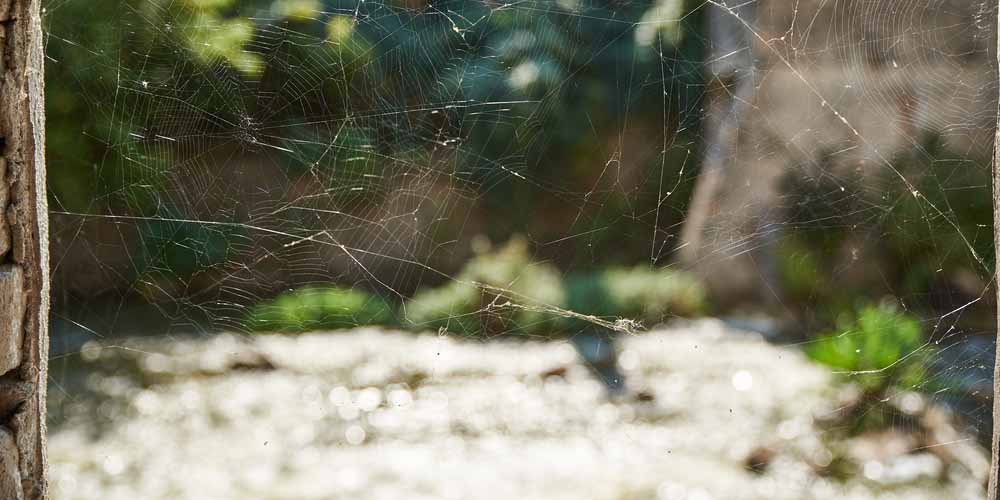
Strategy 9: Ongoing Monitoring
The task of spider control is neither a one-and-done nor a static process, and it demands constant monitoring and reevaluation. Regular inspections and timely interventions are the cornerstone of maintaining a spider-free environment. Important considerations include:
- Recognizing spider control as an ongoing procedure, not a one-time action.
- Emphasizing the need for consistent monitoring and reevaluation.
- Promoting the importance of regular inspections in maintaining a spider-free home.
- Spotlighting timely intervention is a vital aspect of successful spider control management.
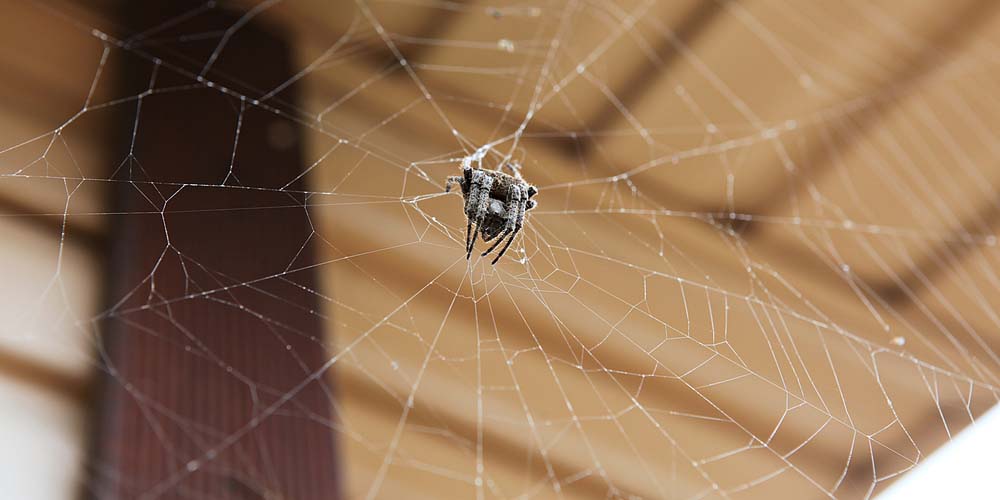
Strategy 10: Educating Homeowners
Spider Control Experts emphasize the importance of homeowner education in effective spider control. Information about infestation signs and preventive measures is invaluable in combatting these pests.
- Understanding the importance of educating homeowners about spider control.
- Empowerment through knowledge can prevent spider infestations.
- Become adept at identifying the signs of an infestation.
- Acknowledging the invaluable role that informed preventive measures play in spider control.

Spider Banishment Action Plan!
Bringing these strategies together, it becomes clear that spider control isn’t merely a matter of a single action but an ongoing commitment. It combines natural approaches, chemical treatments when necessary, and a routine of inspections, with the cornerstone being education. However, to achieve a genuinely effective spider-free home, applying these strategies depends on the particular conditions of each home.
So, are you ready to reclaim your home from these eight-legged intruders using various techniques? How will you use this newfound knowledge to establish a robust action plan and transform your home into a no-go area for spiders?
References:
- Giant Joro Spider invasion on the East Coast: cause for alarm? (n.d.). Retrieved from https://www.pestworld.org/news-hub/pest-articles/joro-spider-infestation-on-the-east-coast-what-you-should-know/
- New York State Integrated Pest Management. (2023, October 24). Retrieved from https://cals.cornell.edu/new-york-state-integrated-pest-management

